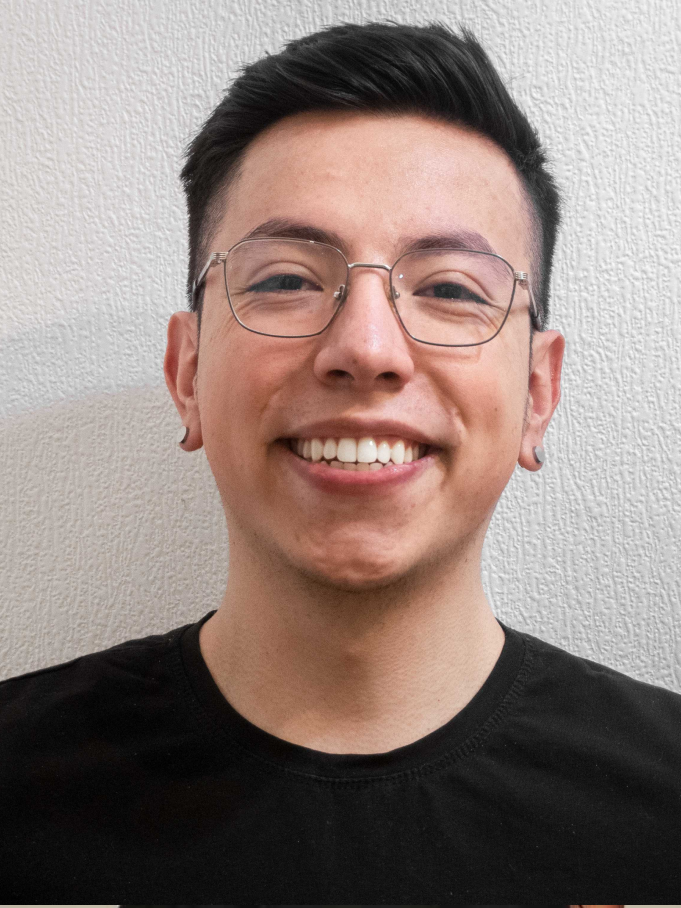• You can explore our platform
• Your child will love our fun interactive lessons
Join now and get up to 2 months of free learning with your subscription plan.
Choose 6 or 12 months - the longer you study, the bigger your bonus.
savings compared to standard packages.
Submit your request → our manager will help you activate your bonus.
Video Editing courses
for children and teenagers
In our Video Editing Classes we teach children the basics of video editing, the program's interface, and basic tools to create video and animations. We teach them how the use the video effects, filters, how to work with sound, text, and apply transitions.
After our online video editing course, a child will be able to create a video sequence, apply creative transitions, dub the video, add captions, create, and animate various effects, and much more!
From which age it's better to start learning video editing in Premiere Pro?
To start learning, a student should have good user skills and be able to use browser, open new tabs, download and install files on a PC or laptop, create / rename folders, know the keyboard layout well, type, use hotkeys, and use mouse confidently.
The Video Editing course is taught by top-tier tutors














Premiere Pro is the most sought-after video editing software in the world. Our course is unique and provides a detailed exploration of all the software's capabilities. It includes numerous assignments to develop creative thinking.
Premiere Pro is the most sought-after video editing software in the world. Our course is unique and provides a detailed exploration of all the software's capabilities. It includes numerous assignments to develop creative thinking.



Additionally: photography, video and design knowledge and skills
Video editing in Premiere PRO
The student will get familiar with the program interface, the basics of video editing, work with simple effects, learn file types, sequences and how to export videos.
- Interface
- Basic tools
- Linear editing
- Video export
- Working with simple effects
- Blending modes
- File Types
- СSequences
1.2 Basic level
The student will find out about the basics of keyframing. He will learn how to create a simple animation, how to change the speed, types of video splices, simple sound work, basic color correction, and how to cope with effects. The students will also perform tasks on the program basics, which will help them edit a simple video, greeting cards for friends and relatives, video for publication on the Internet.
- Simple voiceover
- Speed change
- Types of splices
- Handling text and titles
- Animation
- Keyframes
- Basic color correction
- Stabilization and shake
- Rain, lightning, fish eye effects
- Screensaver for TV channel
- Slide show, etc
The student will discover how to work with masks in video, he will be able to specify an area of the clip that needs to be selected in order to apply an effect, color correction, blur, hide, show, etc. He will easily apply masks to different effects and do their tracking.
2.2 Working with text
The student will be taught how to ani-mate text and apply various effects to it: neon, handwritten text, video in text, and more. The student will work with captions and subtitles, create animated dialogues, neon text, video in text, handwritten text, and text splash screens.
2.3 Video Transitions
The student will be able to apply different types of transitions between video segments. We will work with unique transitions from combinations of different effects, additional presets, and create transitions using masks.
2.4 Sound
The student will understand how to edit sound, process it from noise, apply sound effects, change volume levels, and make an independent online sound recording.
2.5 Shape animation
The student will be informed how to create animation with figures, explore all the possibilities of working with Legacy title, be able to create an animated screen saver, learn how to make dynamic typography with smooth animation and motion blur.
2.6 Color correction
The student will discover how to improve the quality of video with color correction. He can safely use all Lumetri color options (basic color correction, creative, color circles, curves, changing colors, adding a vignette), as well as using additional presets for color correction.
2.7 Effects
The student will easily repeat and use commonly used effects in video. This section covers such effects as Green screen, Tilt-shift, VHS, Glitch effect, hologram effect, neon, object cloning in video, etc.
2.8 Complex projects
The student will master effects to create complex projects. He or she will be able to create an animated Discovery logo, a path on the map, view faking, sky replacement in videos, Split screen effect, neon dance, mosaic effect, etc.
2.9 Video Blogger
The student will cope with creating and editing videos for a Youtube channel, adding creative ideas to improve the video material. Creating, designing, maintaining, and promoting a YouTube channel.
Examples of our students video editing projects
System requirements for video editing course
• Operating System: Windows 10 x64, Mac OS 10.13 or later;
• Processor: Intel® 6th generation Intel processor or newer - or similar AMD, with a clock speed of at least 2 GHz, preferably 4, 6-core;
• Installed Internet browser Google Chrome;
• RAM: 8 GB (recommended 16 or 32 GB);
• Video card with support for DirectX 12 and 2 GB of video memory (GPU with support for DirectX 12 and 4 GB of video memory or more GPU is recommended);
• Hard disk space: at least 20 GB of free hard disk space;
• Sound Card: With ASIO or Microsoft Windows Driver Model support Screen Resolution: Minimum 1280x800 (Recommended 1920x1080 or higher monitor resolution);
• Microphone or headset;
• Speakers;
• Internet connection from 1 Mbps.






Why is a trial video editing lesson a great opportunity for your child?










